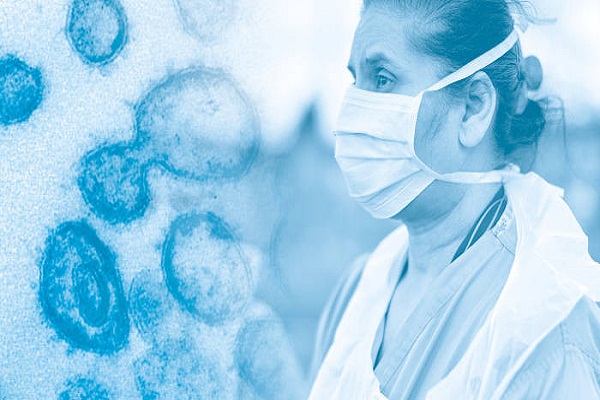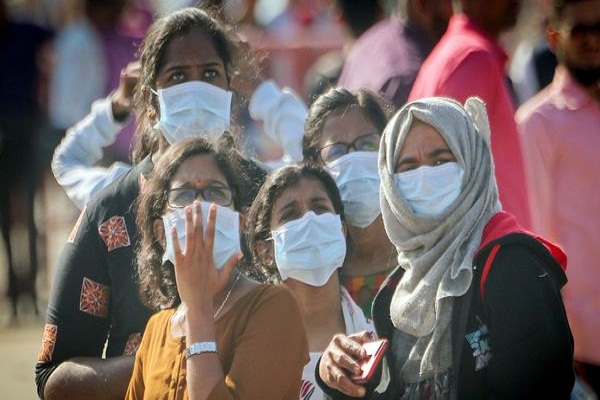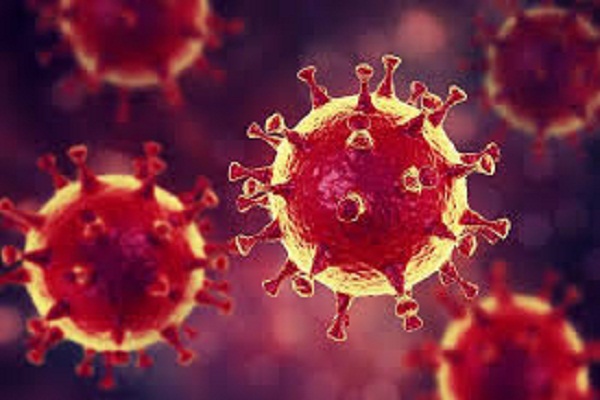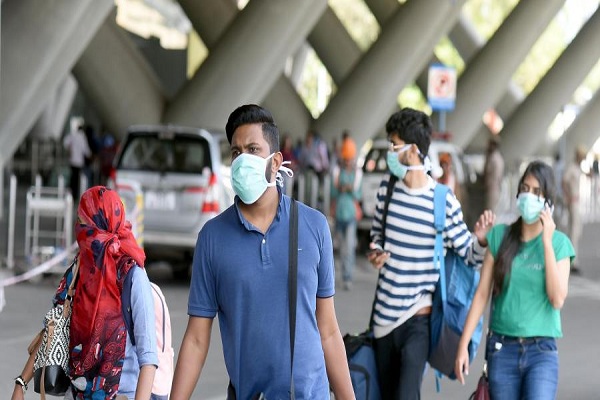
To understand the healthcare system in India, let us use a metaphor of the network of roads we use. Whether we live in a village or town or city we all use some kind of roads or lanes to communicate. We use lanes to visit the neighborhood store, the main roads to reach our place of work and the highways to travel to another town or city.
The 3-tiered structure of the Indian healthcare system under the National Rural Health Mission is like this network of roads. The neighborhood lanes are the sub-centers and primary health centers (PHCs). The roads within the town are the secondary care system comprising the government-owned community health centers (CHC), and the smaller sub-district hospitals. These are normally also known as the first referral units or the FRUs which should that are required to have obstetric care, newborn/childcare, and blood storage capacities at all hours every day of the week. The final referrals are to the larger district hospitals or the Government-owned medical colleges that comprise the tertiary system of the public healthcare system. It is already known that the private sector consists of 58% of the hospitals in the country, 29% of beds in hospitals, and 81% of doctors.

Ayushman Bharat Yojana launched exactly a year ago re-labels the 1,50,000 sub-centers and PHCs as ‘health and wellness centers’. The main role of the sub-centers is envisioned to educate patients on non-communicable diseases as well as maternal and child health. The proper treatment and education of patients in these sub-centers and PHCs is supposed to reduce the load on the CHCs and the tertiary care centers.
Ayushman Bharat Yojana launched in September 2018, re-labels the 150000 sub-centers and PHCs as ‘health and wellness centers’. The main role of the sub-centers is envisioned to educate patients on non-communicable diseases as well as maternal and child health. The thrust on non-communicable diseases at a primary level is much needed.
However for the Primary Healthcare System to deliver its objective it needs to be manned by skilled workers comprising paramedics, nurses, and doctors. And it is here a dual challenge or gap lies; namely of quality and of quantity, which prevents it from being a robust system of primary healthcare delivery.

The Quantity Gap refers to the number of healthcare workers available. Let us look at some broad statistics. It is estimated that though 70% of the Indian population lives in villages, only 40% of India’s total health care workers work in rural India. Close to 2000 PHCs in the country are without doctors, 50% of the 150000 health and wellness centers do not have male health workers. Approximately 6000 centers are without midwives and more than 4000 centers do not have either male health workers or nursing midwives.
This significant gap in skilled health workers shows the weak infrastructure of the public health delivery system and is an obstacle that the Government has recognized and trying to address.
The second gap is the ‘Quality’ gap. The quality gap can only be assessed on the healthcare workers already present in the system.
A WHO report estimated only 11% of the sub-centers, 13% of the PHCs and 16% of the CHCs met the minimum standards of healthcare delivery. Furthermore, it stated that only 58% of the doctors in urban areas and 19% in rural areas are medically qualified. The situation for nurses and midwives is even more of a concern with 66% of them not having even studied beyond secondary school and 89% of them not having any medical certification or qualification.
In all the debates for strengthening healthcare access, the focus predominantly is on the quantity gaps and the quality or skill gaps get missed out.
The Government is trying to ensure that skill development takes place amongst health care workers by rolling out training and mentoring programs for nursing and midwife skill building at the grass root levels.
While filling the quantity gaps can take more time, building the skills to address the quality gaps can be done immediately to ensure an impact on healthcare delivery and customer experience.
So summing up, today though the masses have been given a car through the Pradhan Mantri Jan Arogya Yojana (PMJAY) which everyone can ride. The catch is that the car can be driven only on the few motorable highways (private tertiary care centers) connecting the big metros and towns. This creates an enormous pressure on these tertiary care centers as everyone who owns the PMJAY Card comes to these only. Until the road network or the Primary Health Care System improves at the small towns and villages, the full potential of this PMJAY will not be unleashed.
(Writer is Dr Vikram A Munshi, Founder, WhiteSpace, Consulting & Capability Building. Views expressed are a personal opinion.)
Be a part of Elets Collaborative Initiatives. Join Us for Upcoming Events and explore business opportunities. Like us on Facebook , connect with us on LinkedIn and follow us on Twitter , Instagram.












